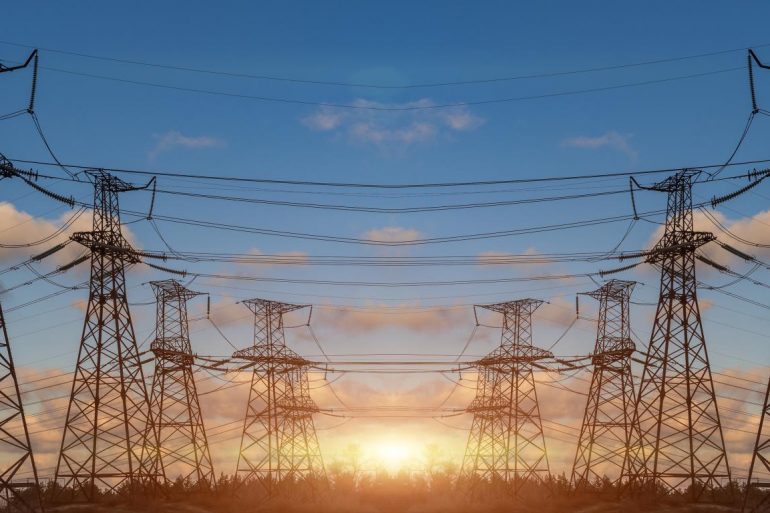
It’s no secret that energy efficiency technology is extremely important in supporting and improving our economy, minimizing carbon footprint, and reducing utility. There are various technical reports from numerous organizations – including federal agencies – that outline the many benefits of energy efficiency. Geothermal Heat Pumps (GHPs) are a renewable energy technology that uses the thermal energy beneath the earth and a small amount of electricity to transfer heat to and from a building. This alternative to conventional HVAC technology, offers significant environmental, economic and societal advantages; the most impactful being their energy efficiency. These systems can dramatically reduce the electricity demand of a building, in turn lessening the strain on our electrical grid.
Reducing Energy in the Building Sector
The U.S. Department of Energy (DOE) states that buildings account for 41% of primary energy use in the US. 60% of this energy is used for space heating, cooling and water heating. These numbers reflect the vast use of inefficient building HVAC systems. On the bright side, this also presents the massive opportunity to improve energy consumption through the use of an energy efficient technology, like geothermal heat pumps.
GHPs leverage the constant thermal energy beneath the earth, the energy we already own to deliver space condition (read comfort) to a facility. Regardless of the temperature above ground, the temperature below the subsurface remains relatively constant, because of this, a GHP is much more efficient at bringing temperatures to a comfortable level for building occupants than a traditional HVAC System.
According to the Environmental Protection Agency, geothermal heat pumps can reduce energy usage and corresponding emissions by up to 44% compared to conventional systems. An Oak Ridge National Laboratory case study found that GHP systems saved 33-65% in energy use compared with baseline HVAC systems. As illustrated by these two organizations, GHPs are capable of providing ample savings to home and building owners.
Lowering Summer Peaks and Winter Loads
Geothermal Exchange Organization states that a typical 3-ton residential GHP can reduce summer peak electricity demand by approximately 2 kilowatts (kW). This renewable and efficient technology has the unique ability to reduce electricity consumption, without necessarily reducing energy usage.
When properly designed, the energy that GHPs leverage from below ground reduces the amount of electricity needed from our electrical grid. This is especially true during the hottest of summer days. On peak summer days, when temperatures soar, the electrical grid is often strained by increased customer demand, the more homes that use geothermal heating and cooling, the less electricity needed (regardless of temperature), and the less strain on our electrical grid. Talk about a win-win situation for utilities looking to level demand and consumers looking to reduce utility bills.
Geothermal heat pumps offer all kinds of benefits to consumers, businesses, our economy and our environment. With such a large amount of energy used for space heating and cooling, there is massive potential for improvement. Replacing conventional HVAC systems with geothermal heat pump systems would not only reduce utility bills for consumers and lower carbon emissions, it would help to level the increasingly problematic strain on our electrical grid.
John (Jack) P. DiEnna Jr is the Executive Director of the Geothermal National & International Initiative, and can be reached at jdienna@geo-nii.org
